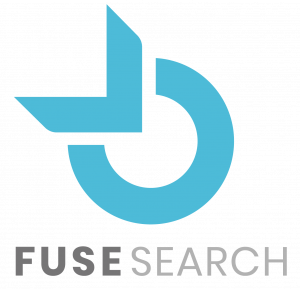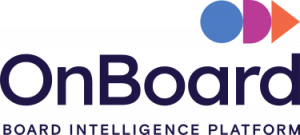How a Focus on Wellness Can Be a Boost to Your Members

The health and wellness of an organization are directly related to its performance. This could refer to having physically healthy (and therefore statistically happier) employees that drive positive results. It is therefore a prudent move for leadership to support total health through benefits, resources and information. A focus on wellness can be a boost to your members as well.
Why should leadership consider a wellness perspective?
Incorporating an element of wellness into your association member offering is a proactive step that can set your organization and leadership apart from others. It benefits the association as well as its members to do so.
Today’s workforce requires a different methodology for leadership as well as to striking a balance between work and home life. Help your members—as well as your staff and Board—navigate the changing landscape of productivity by offering credible information, resources, products and services (in any combination). Some topics will be more relevant to your industry, but others will address the common issues faced by anyone in a leadership role, such as:
- Effectively working and leading remotely
- Do not mistake “face time” for “quality time”—not everyone is as productive in a home office environment, but some will be much more productive, so it is important to put emphasis on results versus more traditional engagement metrics.
- Taking time to clearly communicate resources and support systems
- Encourage internal teams to schedule frequent opportunities to connect, without mandatory attendance. This way, those that do not require the “check-in” to stay motivated and supported only participate when beneficial to their workload, and those that appreciate the regular face time feel the security of consistent calendar events.
- Without the ability to post relevant information for employees on a lunchroom bulletin board (or something similar), it may be necessary to create an online resource centre through an intranet, newsletter or an “employee-only” section of a website. Ask employees how they would prefer to receive information, resources and benefits before you proceed and they are much more likely to access them.
How can an association incorporate wellness into its member offerings?
There are different structural options to tailor the offering to your association’s brand and philosophy when it comes to member benefits. When you include products, services and/or resources for members that improve their own health and the health of their employees, members associate that improvement with their membership and value it even more.
Personal wellness is applicable in any industry and is becoming more mainstream. To make your offerings relevant to your membership, consider shifting your primary emphasis (whether it be on psychological health and safety, chronic conditions, addiction, etc.) when communicating the benefits to members. A best practice is to try and represent more than one of the several dimensions of wellness (physical, mental, financial, etc.), to capture a wider audience and address those struggling with multiple wellness concerns. A focus on total health improves both the health and performance of members and their businesses and boasts an impressive return on the investment an organization makes.
How to design your wellness offerings for members
When deciding on the best way to construct the association’s wellness offerings, first consider the common thread your association presents. Whether it be industry, position within a company, geographical region, etc. this will provide guidance, because a member offering can take on a variety of structures. Depending on the path chosen, it could result in additional revenue and/or cost for the association.
Association-paid benefits
Association-paid benefits, such as access to a health and wellness platform like GFIT or subscription to a mental health resource like Calm, can support individual members who may not be decision-makers in their place of work to implement benefits like these for themselves. These do not need to be incredibly robust offerings; typically, it is the program itself that is not accessible to an individual, so even more basic programs bring great value to members.
Member-paid benefits
Member-paid benefits that associations can also extend to their employees and families still offer great value to members, as their organization may not be large enough to access the same level of product and pricing that an association can. An Employee and Family Assistance Plan (EFAP) is an example; their “per-member-per-month” rate is typically impacted by the size of the group, so they can achieve far greater savings through an association.
With either of these two structures in place, the association may have the opportunity to create a new revenue stream through a sharing agreement with the vendor(s). An insurance-licensed consultant could be helpful in negotiating the sharing agreement(s) and bringing new vendor options for consideration, as well as offering advice and assistance regarding the benefits and their promotion to members. This relationship would also allow the association to introduce insured products into the member offering, if desired.
You can also incorporate a library of information, tools and resources into your offering at no cost to the association or its members. Ensure that the external sources are credible (or repurpose content from reputable national subject matter experts[1]) and then simply post for your members to access at their leisure and share if they like.
Any benefits your association offers its members that they cannot get anywhere else automatically increases the value of their membership, which in turn attracts and retains members and helps the association prosper. Putting an emphasis on health and wellness will only add to the appeal.
([1] Mental Health Commission of Canada; Canadian Mental Health Association; Diabetes Canada; Addiction Canada; Heart & Stroke Foundation of Canada as examples)





















